The Great Pyramids of Giza
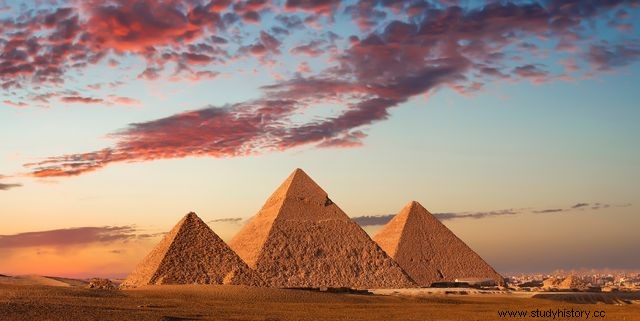
The fascinating Great Pyramids were built during the IV Dynasty by Pharaoh Khufu. The entire structure is constructed of limestone and granite blocks, measuring 139 m (458 ft) in height and 230 m (755 ft) in width, adding that it is approximately 4,500 years old.
This magnificent structure comes under the seven ancient wonders of the world. Over the last many years, many researchers and excavations have been held, which led to the discovery of many artifacts and hidden chambers.
The three main chambers are located at different heights, the subterranean chamber, the king's chamber and the queen's chamber, and they are all connected by several corridors.
But recently, using cosmic rays, archaeologists and historians have discovered a previously unidentified hidden chamber, and many experiments and theories have been elevated since then.
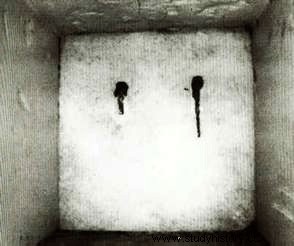
Theories emerged
According to Dodson, it is unlikely that the newly discovered void contains artifacts or other precious material, since such objects have already been found in the burial chamber with a sarcophagus in it.
Instead, his hypothesis focuses on the fact that this may be a "palliative chamber", which is meant to reduce the weight of masonry pushing down on the Grand Gallery, as similar chambers have been discovered in other pyramids as well.
On the other hand, an independent geologist and engineer Colin Reader who has studied these Egyptian pyramids all his life states that this new chamber is far away from the Grand Gallery, and therefore it is quite unlikely to serve this purpose.
He also suggests the fact that just as The Grand Gallery leads to the King's Chamber, this void can also lead to a higher and larger chamber. "You want to investigate and rule it out," he says
In 2007, according to Brier and French architect Jean-Pierre Houdin, a new theory speculated that just as the Grand Gallery contributed to the counterweight system, this chamber could play the same role.
However, all these theories are made on the basis of experiments and assumptions. Since no one has managed to get into the hidden chamber. Locals claim that it is meant to be closed, and that there is something inside it, which was once meant to see the day of life, and despite advanced technology and gadgets, people still failed to open that chamber.
During the excavations, the workers claim that for each new excavation they would experience new scratches on the walls around the door of the chamber.
Therefore, according to the words of the ancient historians, not everything was meant to be seen by future generations, and we must respect and never reveal the truths and secrets that were never meant to be seen today.
The ancient Egyptian curse
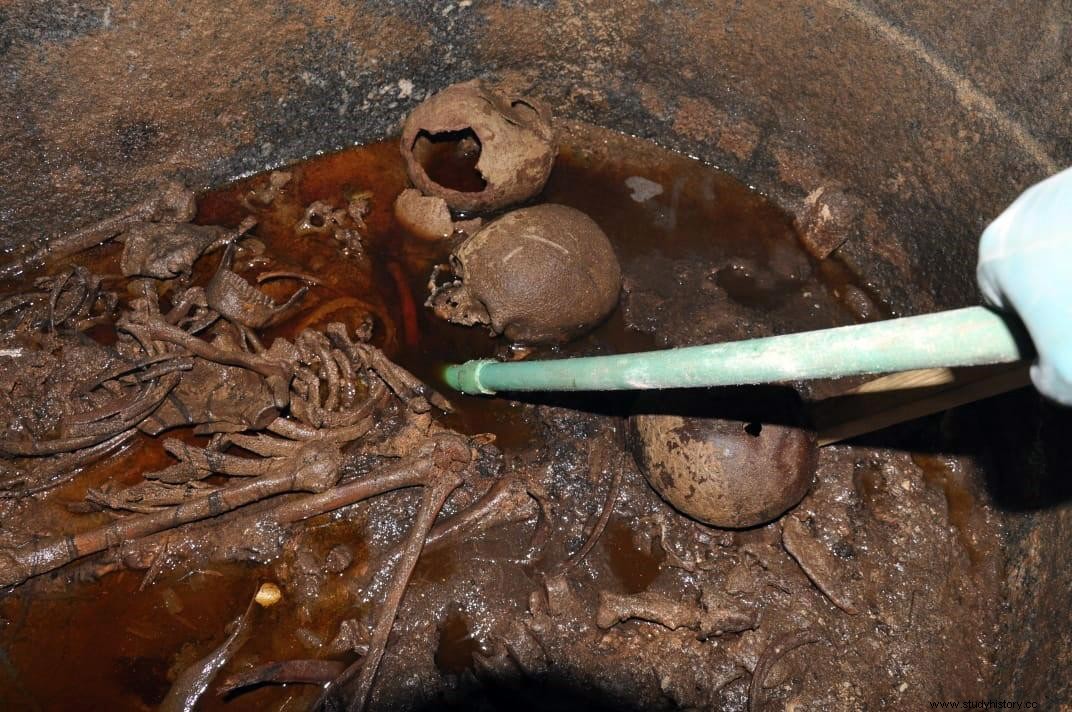
"Cursed be he that maketh my body to tremble", the ancient Egyptian curses have frightened people of all generations. At first glance, it may seem like normal historian messages for the travelers who wander out of the desert all their lives, and thieves to prevent them from disturbing the tombs of the pharaohs.
But many proofs and confessions from the people claim that these curses are only warnings, he who disturbs the resting place of the king is facing the catastrophe over them.
Therefore, Egyptian curses and mythologies have given people chills to this day.
A case in itself made its place in history and bothered the minds of all archaeologists and historians. it's "The Curse of Tutankhamun Tomb"
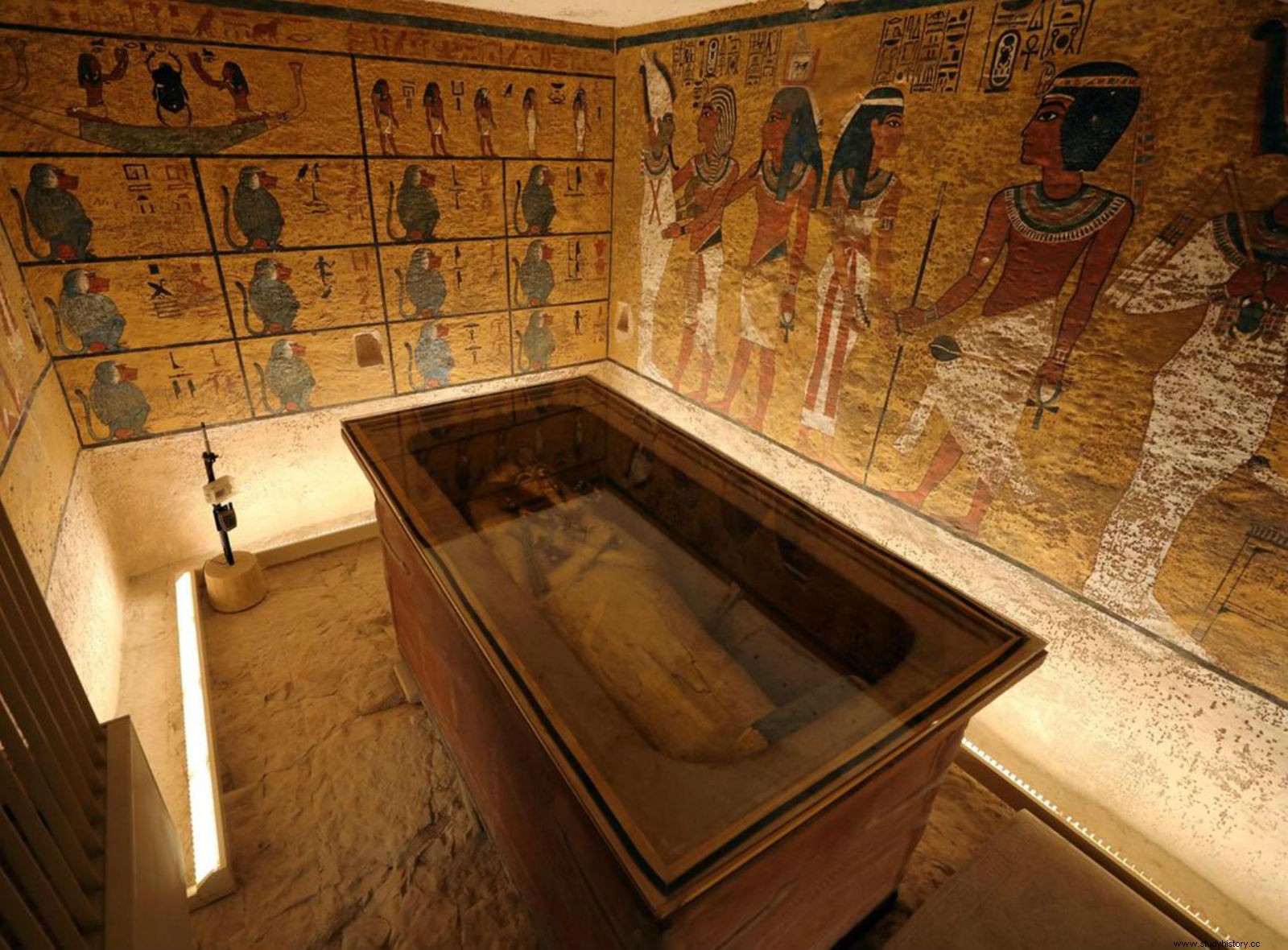
"Death will come on quick wings to him who disturbs the king's peace" mentioned on Tutankhamun's tomb, was ignored by Egyptologist Lord Carnarvon and explorer Howard Carter when they decided to dig out the tomb in 1922.
The follow-up events shook the world, and its tails and events are still being studied and analyzed by many Egyptologists.
Within a few months of the tomb being opened, it was alleged that Lord Carnarvon was declared dead because there was blood in the air.
Many claimed that he was quite healthy, thus causing uncertainty about such an early death, while others claim that it is the result of the curse and within six weeks the news of "mom's curse" spread around the world like a pandemic.
Some even claim that all the lights were mysteriously turned off at the time of his death.
Many hypotheses emerged related to the cause of his death and the following in the Egyptian curses. Of which many excluded and some secured their place in the history books.
For a while, some theorists who sought a good scientific explanation for Carnarvon's death suggested that his death may have been linked to toxins in Tut's tomb.
Since studies claim that some ancient mummies have been shown to carry potentially dangerous toxins on the lid of the coffin or the walls around the grave, which are known to attack the airways.
However, experts rejected this theory and stated that Carnarvon was already chronically ill even before he started the excavation, and even if it was the poisons, it would have worked faster, which contradicts the fact that he died a few months after the excavations.
The Kingdom of Yam
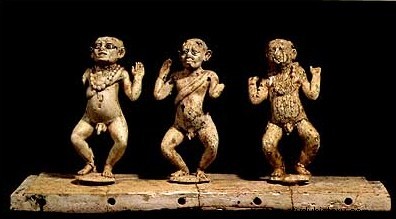
Everything that sounds mysterious to people, their soul embarks on a journey to find out the answers, whether it's about a book or objects or even an empire, yes you heard it right. A mysterious kingdom has stunned many historians, Egyptologists and archaeologists around the world.
The mention has only been in the old books, they have lived in the old libraries and the fantasies of the people, who can only imagine what this kingdom looked like through the texts.
Since there has been no solid evidence of where it is, it is difficult to discard the image yourself, since no one has ever found it, or if anyone did, they are not alive enough to share it with us.
The whole journey to find this mysterious kingdom gave many people sleepless nights.
The only few things we can tell about this kingdom is that it comes from the tomb facade of Haarkhuf, the governor of Upper Egypt.
Black Genesis, a book written by Robert Bauval and Thomas Brophy, has instances written in it describing the existence of the yam kingdom, "Harkhuf took 300 donkeys on a seven-month trip to the legendary Yam, from which he returned with incense, ebony, henkenu perfume, cereals, leopard skins and all kinds of beautiful and good gifts. "
The more we dig about this realm, the more we uncover mysterious theories, and instead of unfolding, we become more entangled. Since the location of Yam has always been important for scholars because it helps to determine how far into Africa Egypt penetrated and also to assess the relative size and strength of various Nubian territories during the ancient empire.
Studies claim that Harkhuf's first and second voyages are particularly relevant for finding this ancient land, but still only predictions can be made since many changes have taken place on the earth's surface, and despite advances in technology, scientists encountered many complications and new problems with each new solution. .
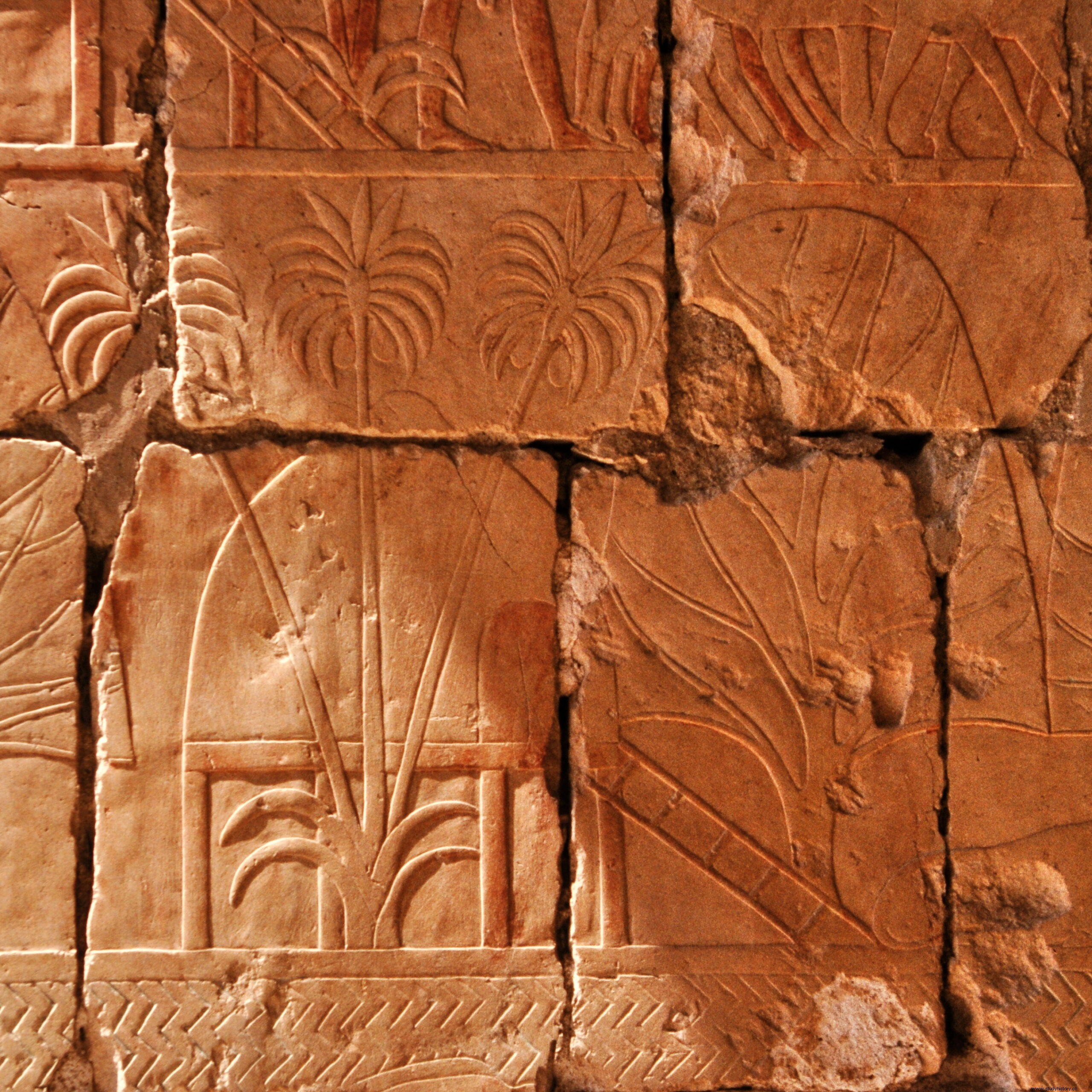
In the same way, the Kingdom of Punt, whose descriptions have filled all the books of ancient Egypt, could not be found. It is described as the ancient African empire enriched with gold, ivory and exotic animals that thrilled the Egyptian imagination.
There is no doubt that Punt existed, there have been countless mentions of it in ancient writings. There's even a picture of Queen Punt in the Egyptian temple.
But despite how powerful and important these kingdoms have been, we have never found them.
Screaming Mom
The Egyptians believed in the afterlife, which led them to the mummification process. To believe that after the person dies, the soul can rent its own body in the wake, due to which they spend hours preparing the body so that it can be recognized, including removing the internal organs and drying them and then placing them in canopy glass, it's a whole big process that takes months to complete.
These mummified bodies play an important role in various aspects, helping scholars to understand ancient Egyptian history and also attract a large number of tourists around the world just to catch a glimpse of it.
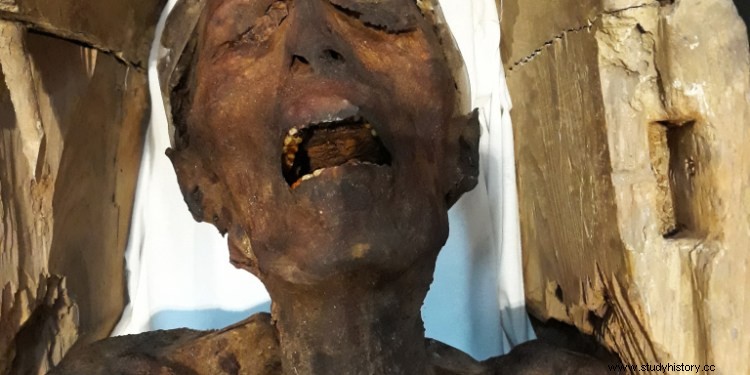
It has been a specific mummy whose expression did not depict the normal mummification procedure, it more or less depicted the anguish and thus gave a new mystery to the researchers to solve.
Often known as "Screaming Mom", this painful mummy was discovered in 1886, the expression was not the only thing that stands out, but also the organs had been completely intact which opposed the actual mummification process.
Many hypotheses began to emerge, some claiming that it was murder, poisoning or even a case of being buried alive.
Researchers even began to claim that the mummy looked so disgusting:there was a chance that he actually screamed at the time of his death which indicated that he may have undergone torture or punishment.
During the excavations, certain revelations confused the researcher:"We found this mummy covered in sheepskin," Hawass told National Geographic. According to the ancient Egyptians, covering a person with sheepskin meant he was not clean, indicating that he was doing something wrong in his life.
In addition, there was also the absence of a grave marker, who according to the customer would deny him a role in the afterlife. Despite this, he was found buried with the other members of the royal family.
Using the DNA test, a confirmed leading theory began to emerge, Hawass stated that he was probably the Prince of Pentewere. He was responsible for the assassination of his father, Rames III, who ruled in the 12th century BC, so he was sentenced to die and probably hanged.
But with the advancement of technology and over time, all the previous theories began to rule out, a new theory emerged that the cause of death was due to heart attack.
As with rigor mortis, decomposition also relaxes the muscles. So, the shape of the jaw and the connection to the skull helped the mummies scream and explain the painful expression.
The first known pregnant mom
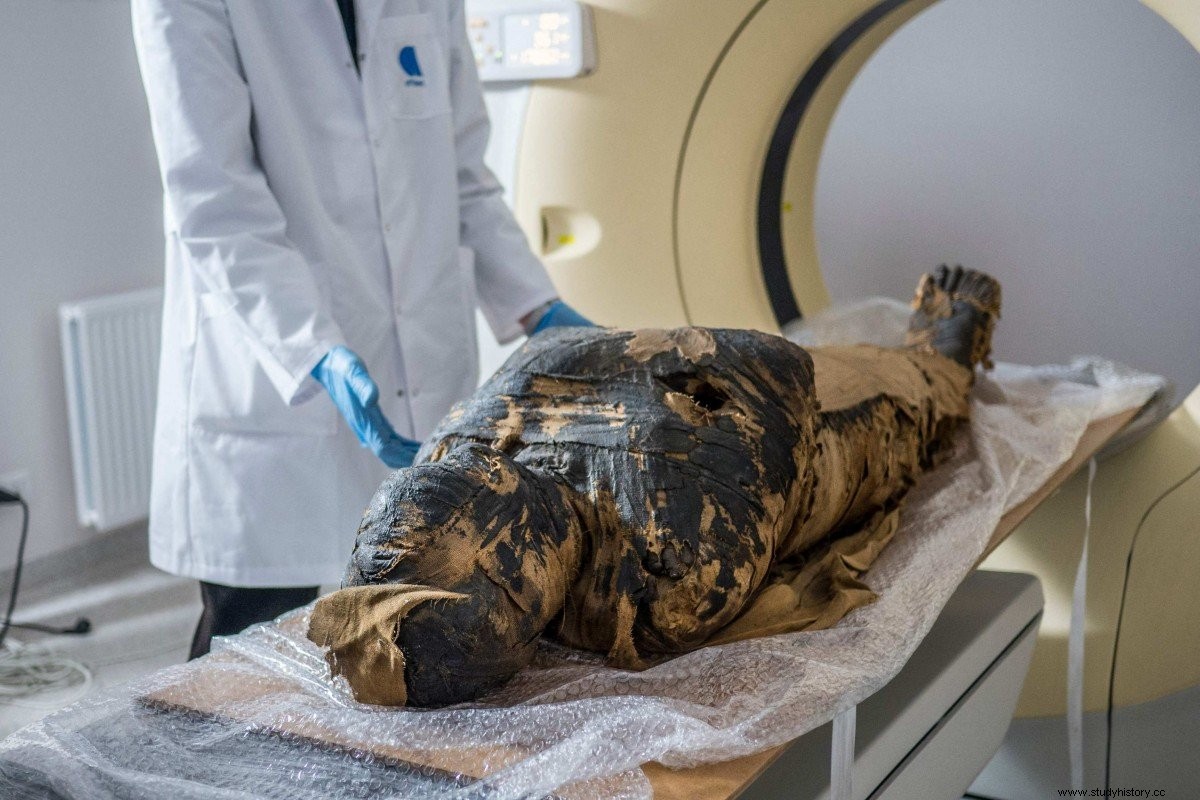
For the time being while the world is still battling the pandemic, the process of extracting secrets from the depths of the earth could not be stopped. Recently in April, archaeologists discovered a new mother.
According to the ancient writings mentioned in the coffin lid, the mummy was identified as a male priest, but according to reports of X-rays and CT scans, it turns out to be a woman who was 6-7.5 months pregnant. The child's gender is still unknown.
The remains had been donated to the University of Warsaw in Poland earlier in 1826, only recently the Egyptologist and archaeologist performed a detailed analysis due to the reports of the test that were held.
Earlier it was believed to be the remains of a priest named Hor-Djehuty from ancient Thebes, whose name was written on the coffin.
Experts have now concluded that the reports and analyzes made in the past do not need to be done intensely, as well as the man who donated the mummy to the museum may have lied about the origin and placed it in another coffin to make it seem more valuable. / P>
After noticing the pattern, the way the remains were mummified, it seems to be older than estimated, as the mummification technique is more sophisticated compared to other examples from the first century BC.
During the analysis, the first evidence came to light via computed tomography, which revealed a delicate bone-like structure, and there was also no sign of the penis, including the presence of the breasts. The most amazing revelation was Festus, who was still intact even though the other organs were removed.
"There is still uncertainty about why it was still there," the experts claim. According to them, there may have been some religious significance associated with it, since the unborn child did not have a soul or perhaps because it could have been difficult for them to remove the child from the mother's womb without causing serious damage to the remains.
The experts hope to conduct more experiments and further research to investigate the cause of death, and whether it was related to the pregnancy of the women.
Final Thoughts
With generations and technological advances, we are likely to continue to uncover more mysteries from around the world. To make this day even people fantasize about Egyptian mysteries and culture, and it has become a bit of a myth, but much of it may have come from a realistic basis. Archaeological finds of ancient civilizations, such as the Egyptians, will uncover more unsolved theories and help us gain more insight into anthropology.
